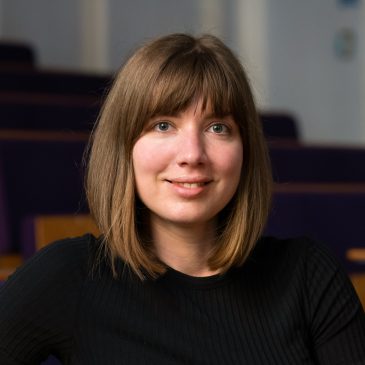TEACHING AT CATZ
At Catz, I teach a wide range of inorganic chemistry topics across all three undergraduate years. One of the most rewarding aspects of teaching is guiding students through molecular orbital diagrams and their real-world applications, particularly in solid-state chemistry. I bring these concepts to life with hands-on examples that complement my second-year course on Electronic Properties of Solids and the third-year options course on Solid-State Compounds in Technology. It’s always exciting to see students develop a deep intuition for why certain materials behave as metals, semiconductors, or insulators. By the time they reach their final year, they can confidently predict properties of compounds across the s, p, d, and f blocks of the periodic table—a skill that stays with them long after graduation.
ABOUT ME
My journey in chemistry began at the University of Siegen, where I completed my BSc and MSc degrees. During the final year of my MSc, I had the incredible opportunity to conduct research in Prof. Michael Grätzel’s lab at the École Polytechnique Fédérale de Lausanne (EPFL) in Switzerland. My work there focused on dye-sensitized solar cells using (photo)electrochemical impedance spectroscopy.
For my PhD, I remained in the same lab but shifted my focus to developing and studying thin-film photoelectrodes of hematite and cuprous oxide for photoelectrochemical water splitting. My postdoctoral research took me to Imperial College London, where I explored the physicochemical properties of these semiconducting materials, honing my expertise in ultrafast transient absorption spectroscopy in the labs of Prof. James Durrant—first as a PDRA, then as a Marie-Curie Fellow.
Taking steps toward academic independence, I became an Imperial College Research Fellow before joining Oxford as an Associate Professor of Inorganic Chemistry.
RESEARCH
In my research group, we focus on developing photocatalysts and electrocatalysts that transform CO₂, water, and other “waste products” into energy-rich fuels and chemicals. This work plays a crucial role in advancing sustainable energy conversion and storage technologies.
We specialize in designing oxide and sulphide semiconductors as well as metallic nanomaterials, with a keen interest in understanding how their structural properties—such as composition, defect concentrations, surface area, particle size, and film thickness—impact their catalytic activity, selectivity, and stability. By studying their optical properties, charge carrier dynamics, and electronic structure, we aim to build a complete picture of how these materials function at a fundamental level.
Our research is supported by EPSRC (ERC Starting Grant), SCG Chemicals, the Royal Society, the John Fell Fund, and the University of Oxford.
GRADUATE TEACHING & OPPORTUNITIES
I supervise D.Phil. students working on projects related to our core research areas. If you’re passionate about sustainable energy, catalysis, or semiconductor materials, I encourage you to explore our work and consider joining us! You can find out more about our group and ongoing research here: Steier Group Website.


